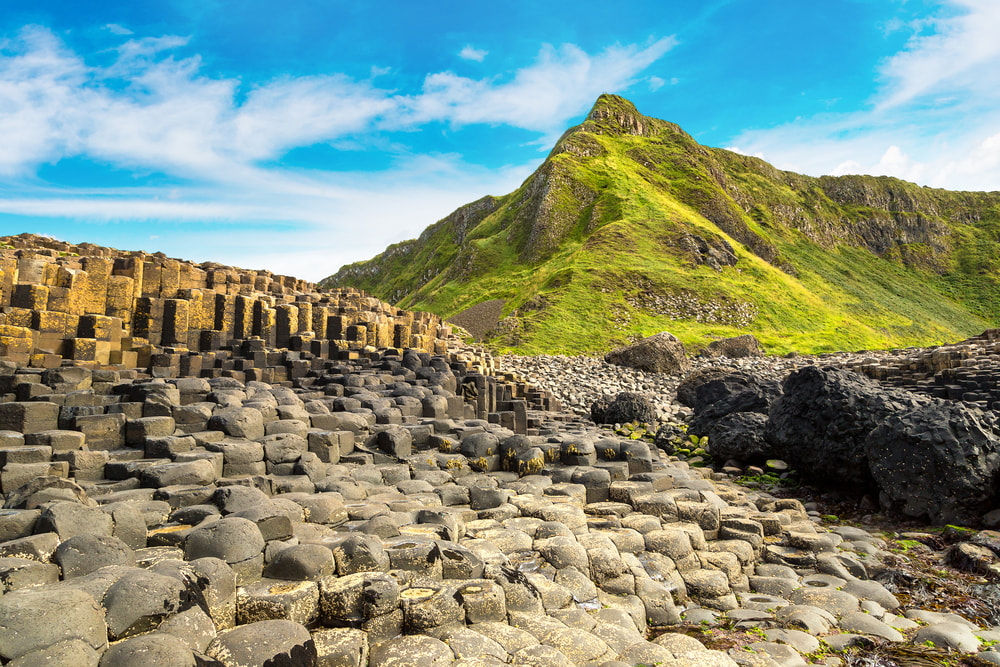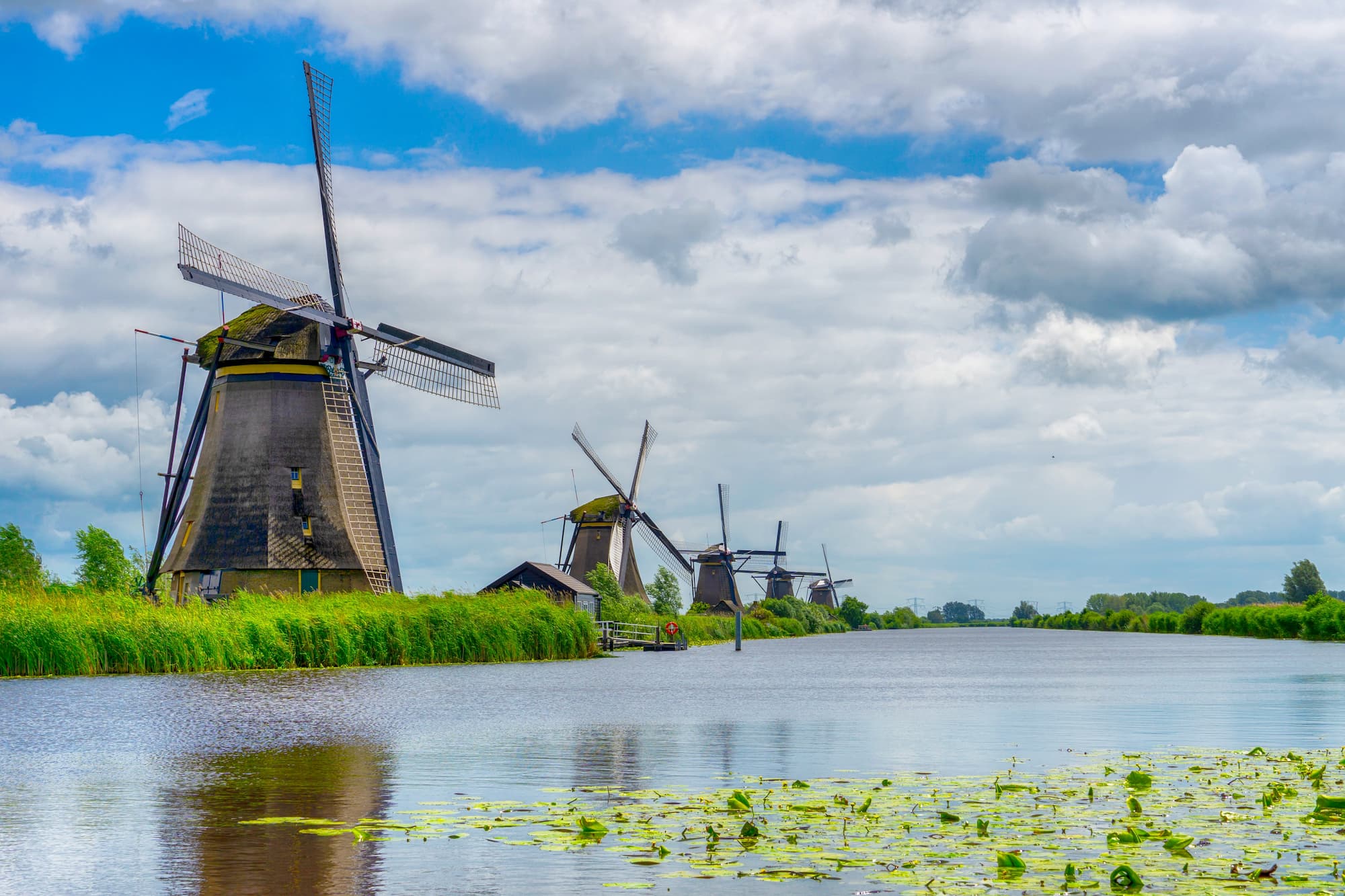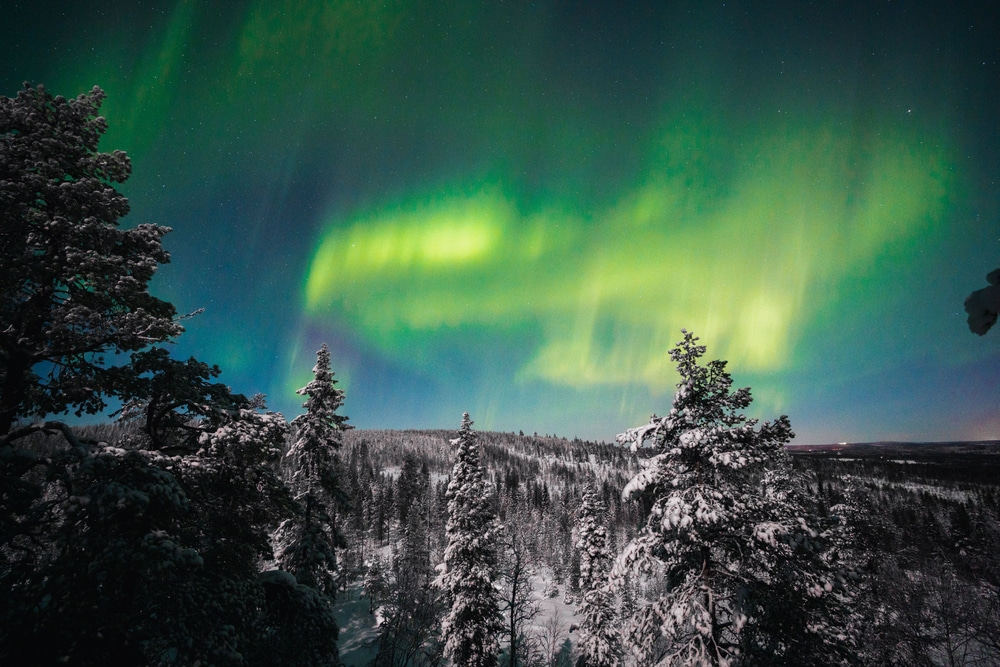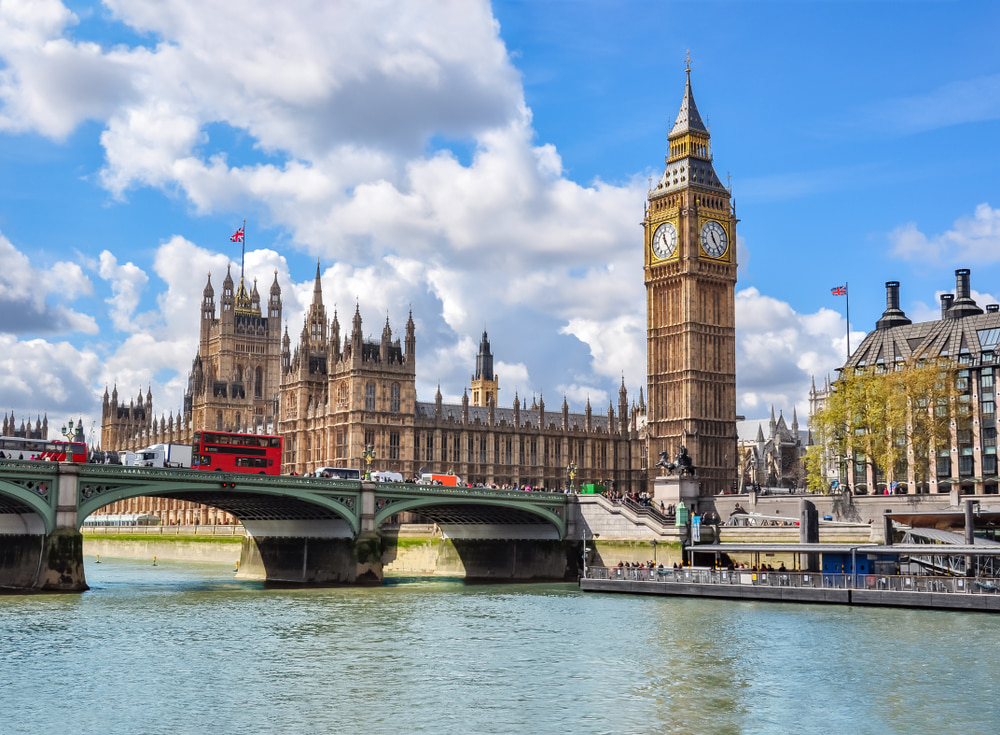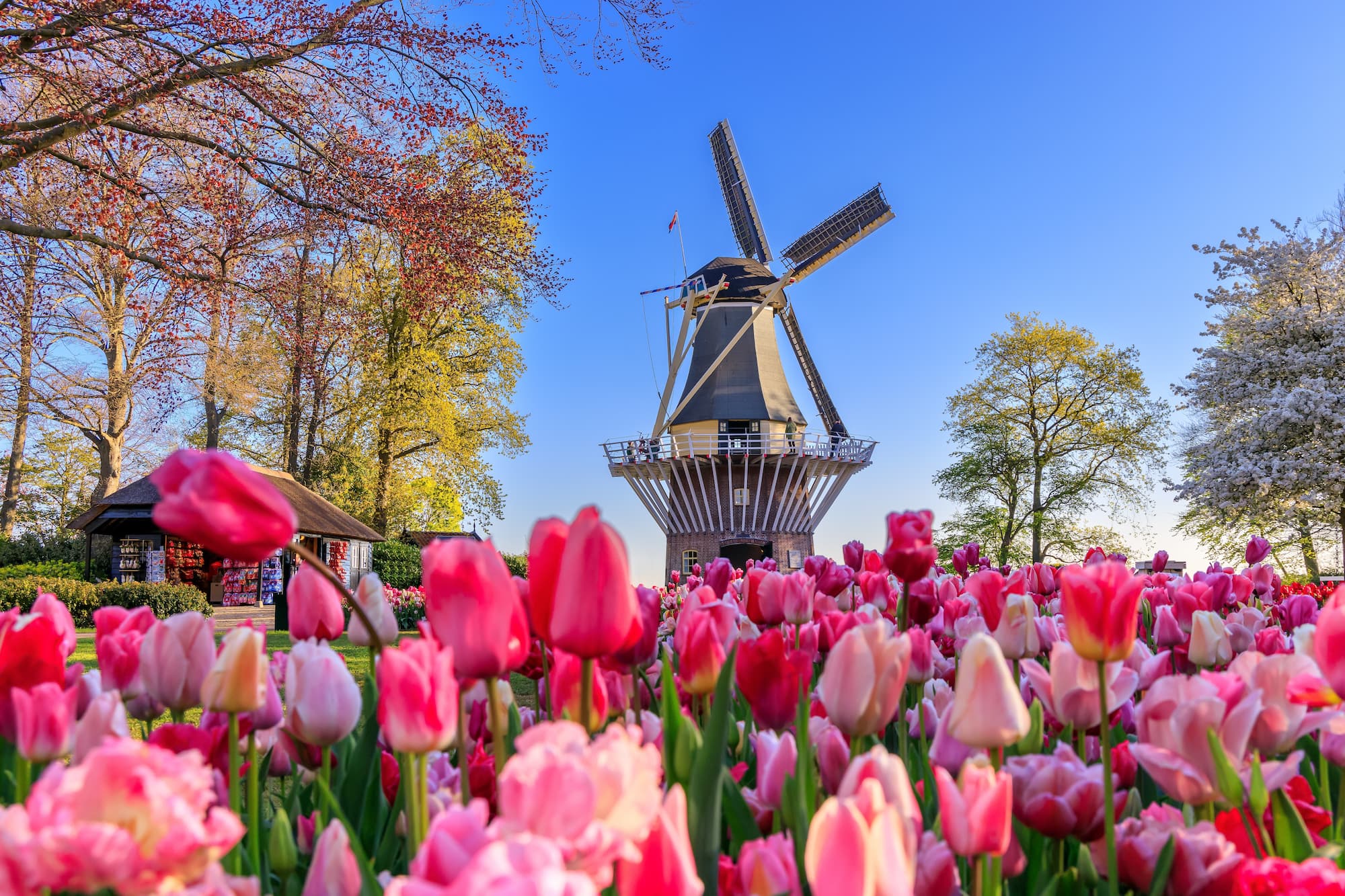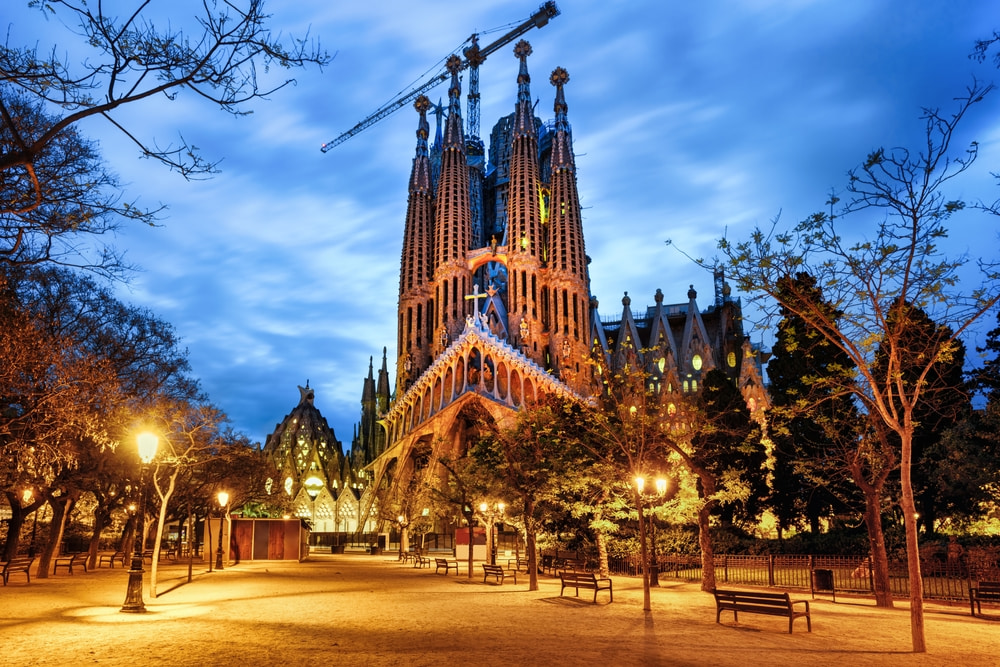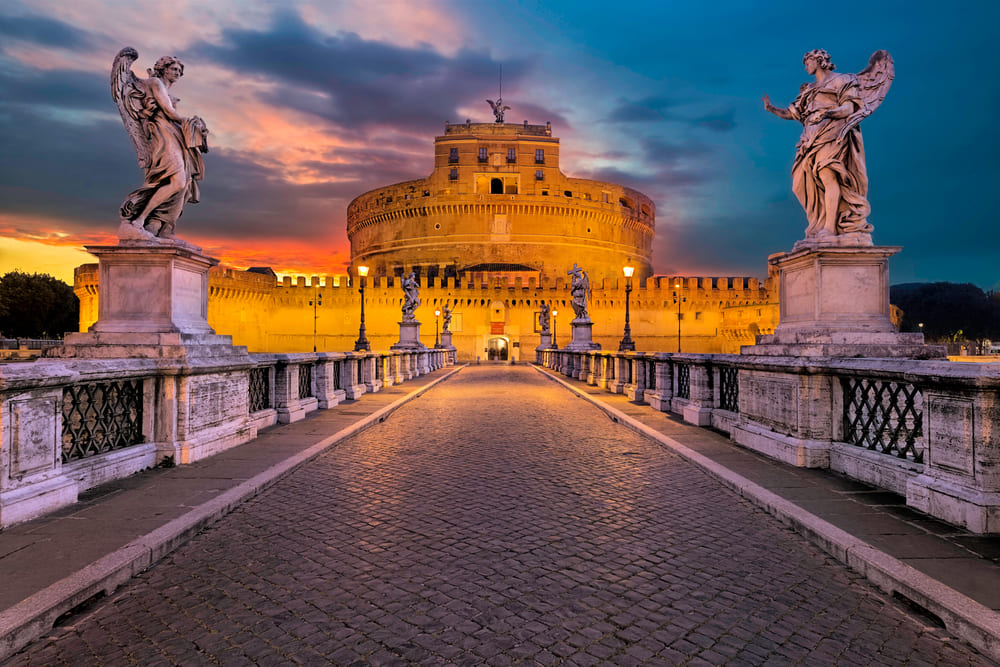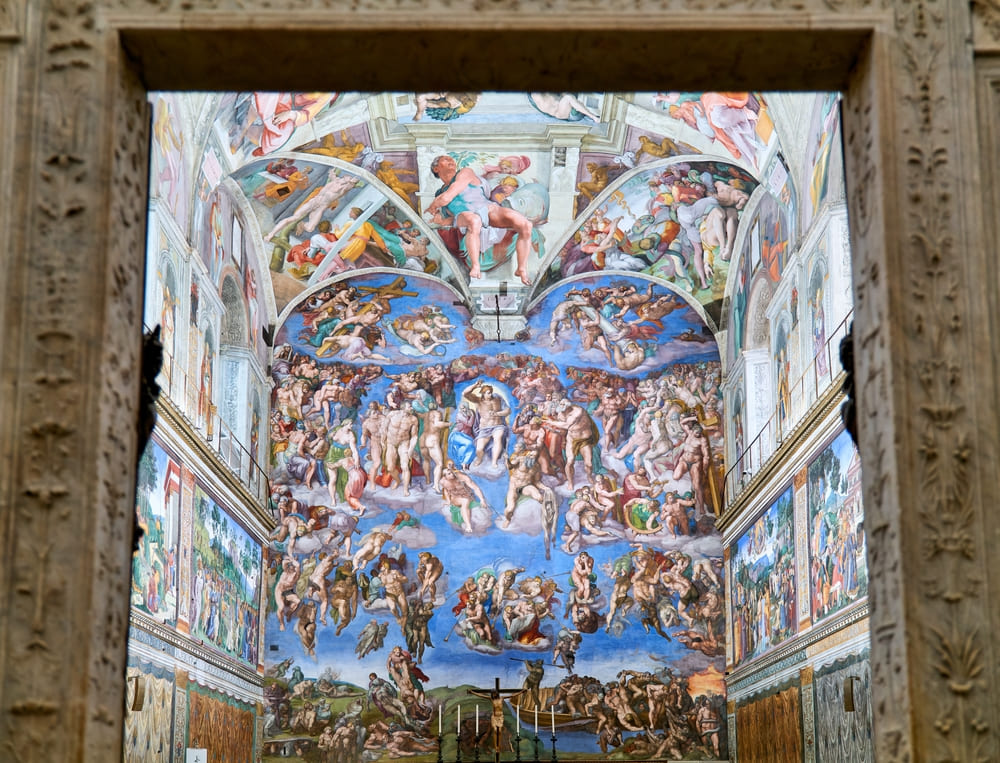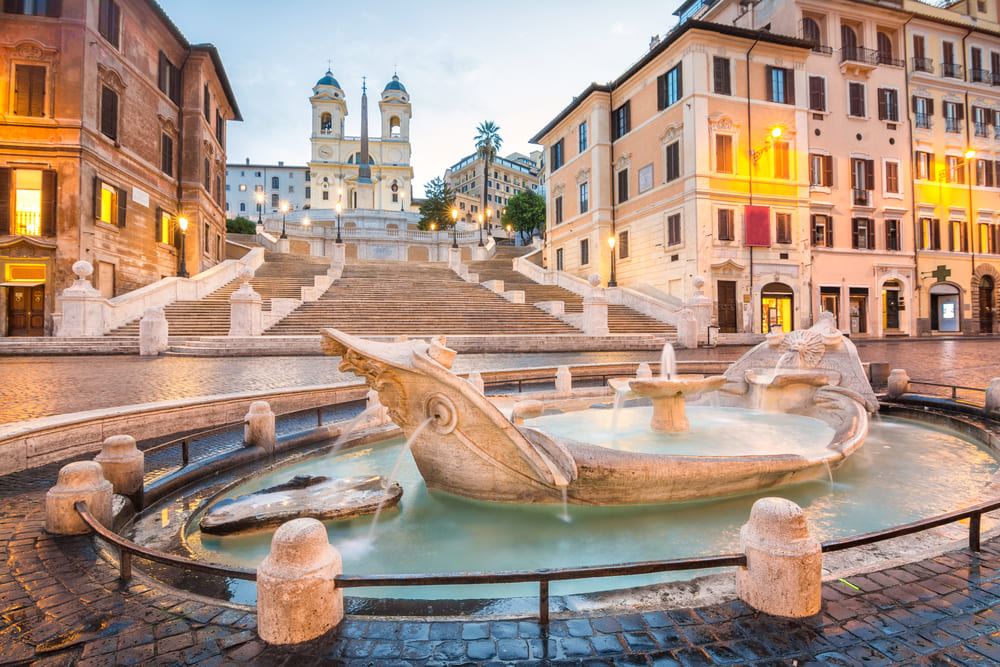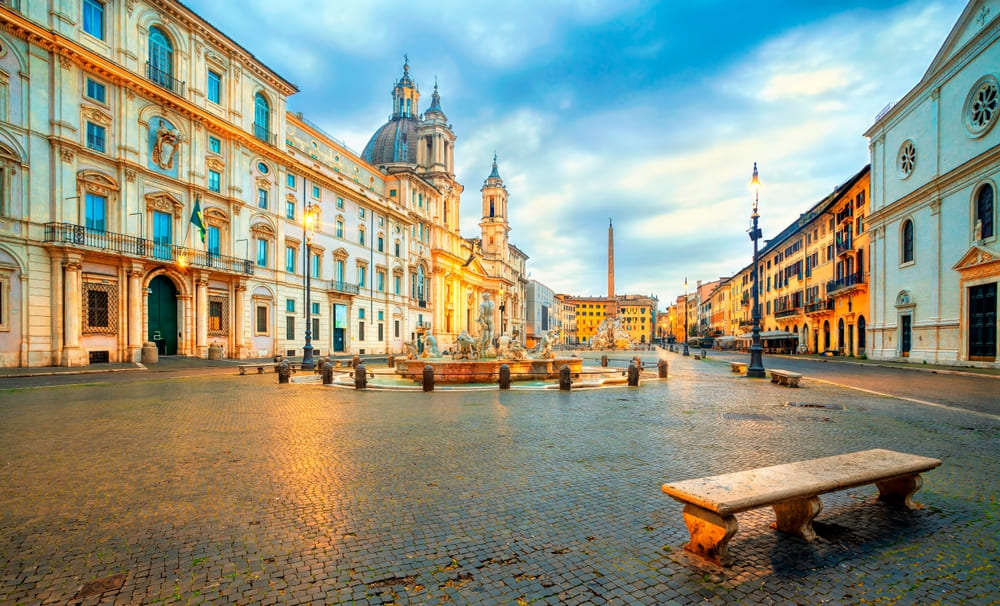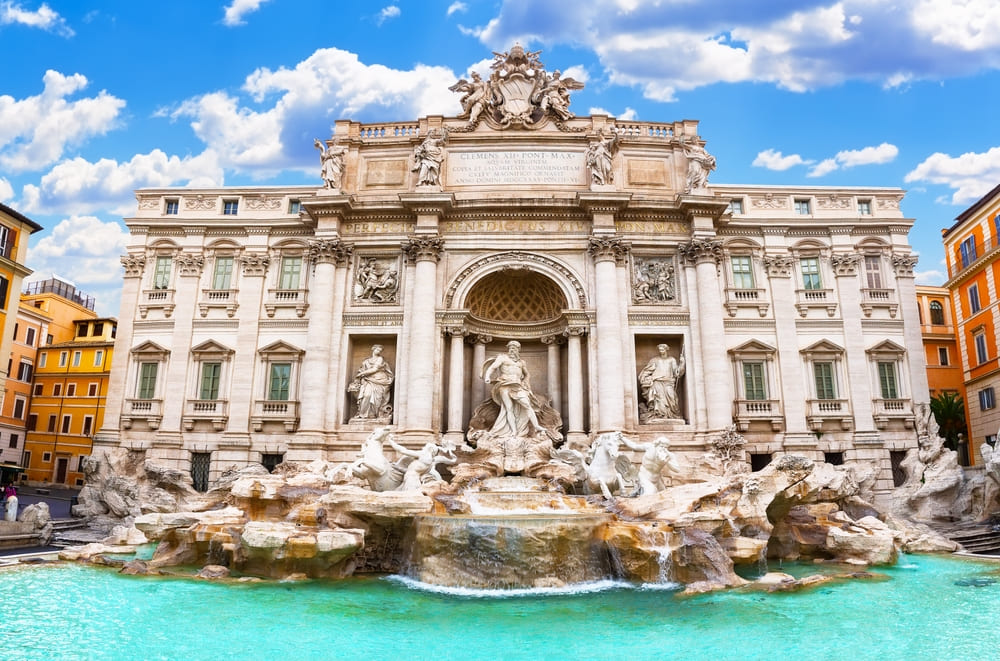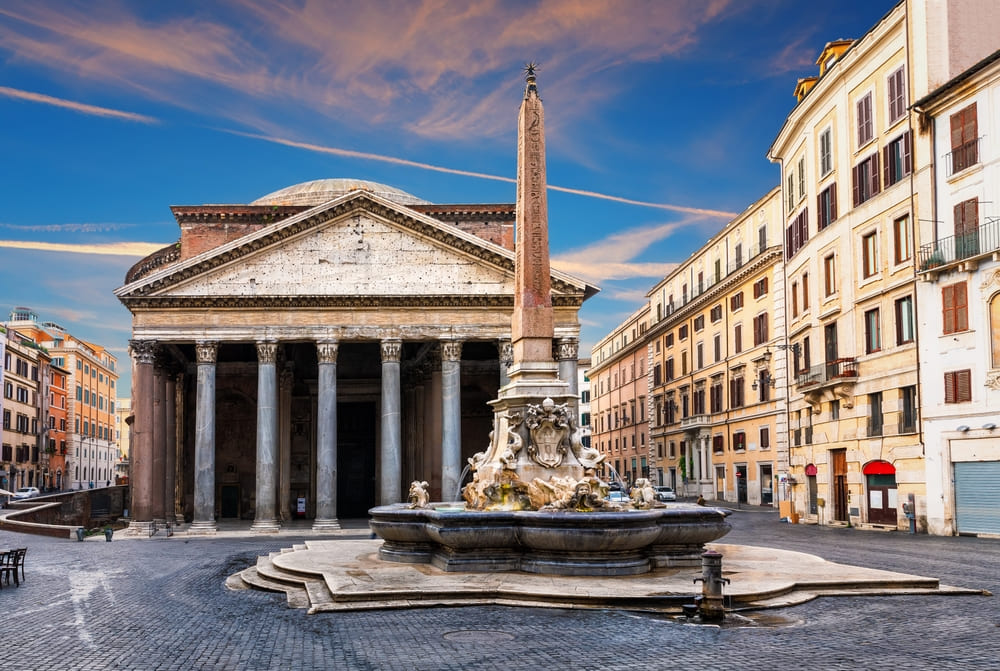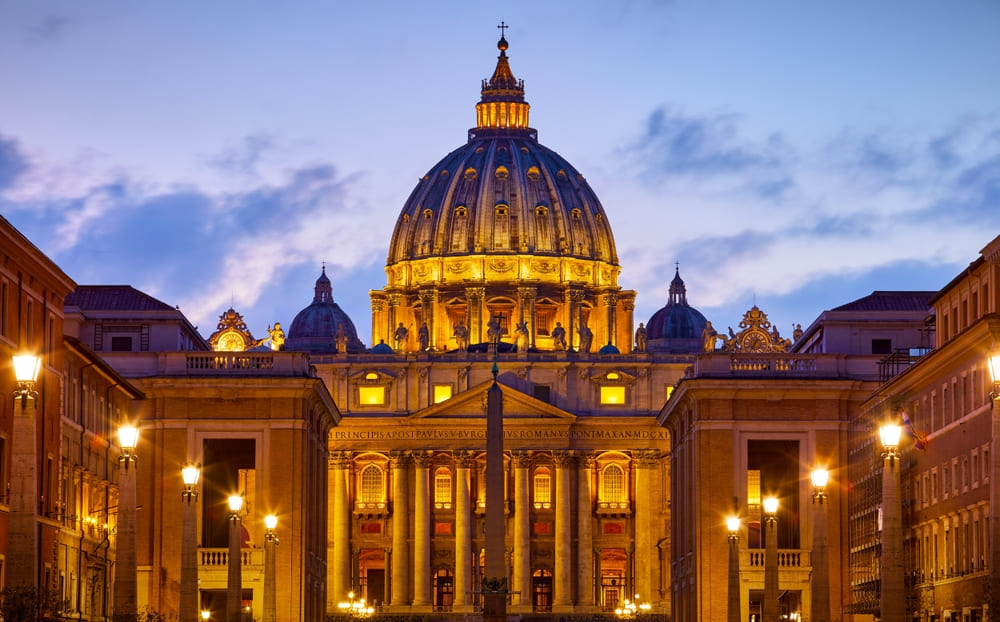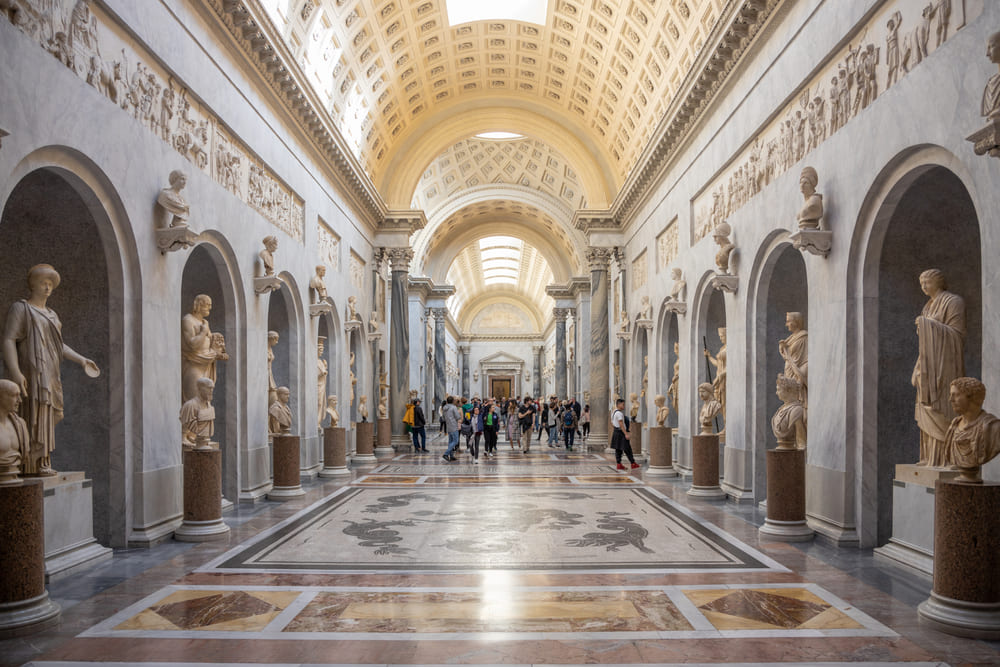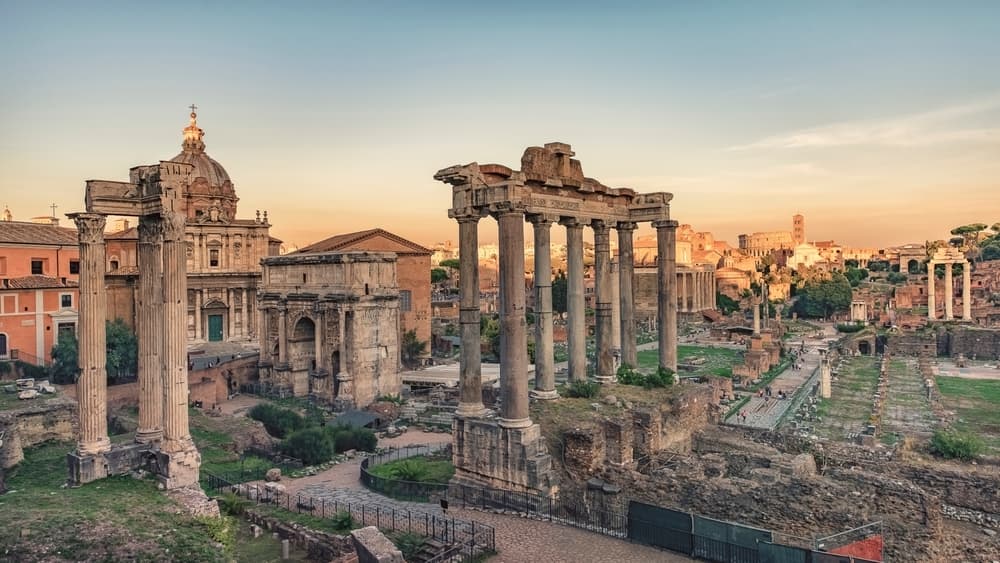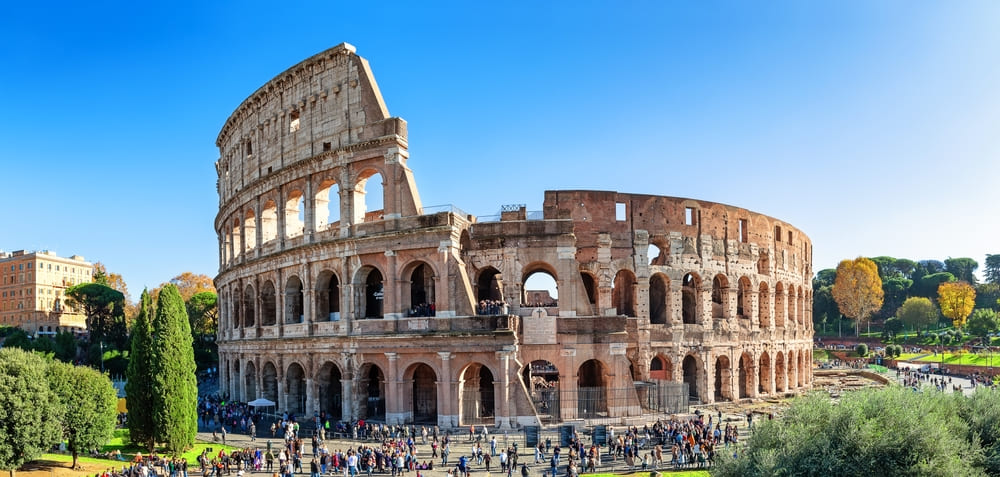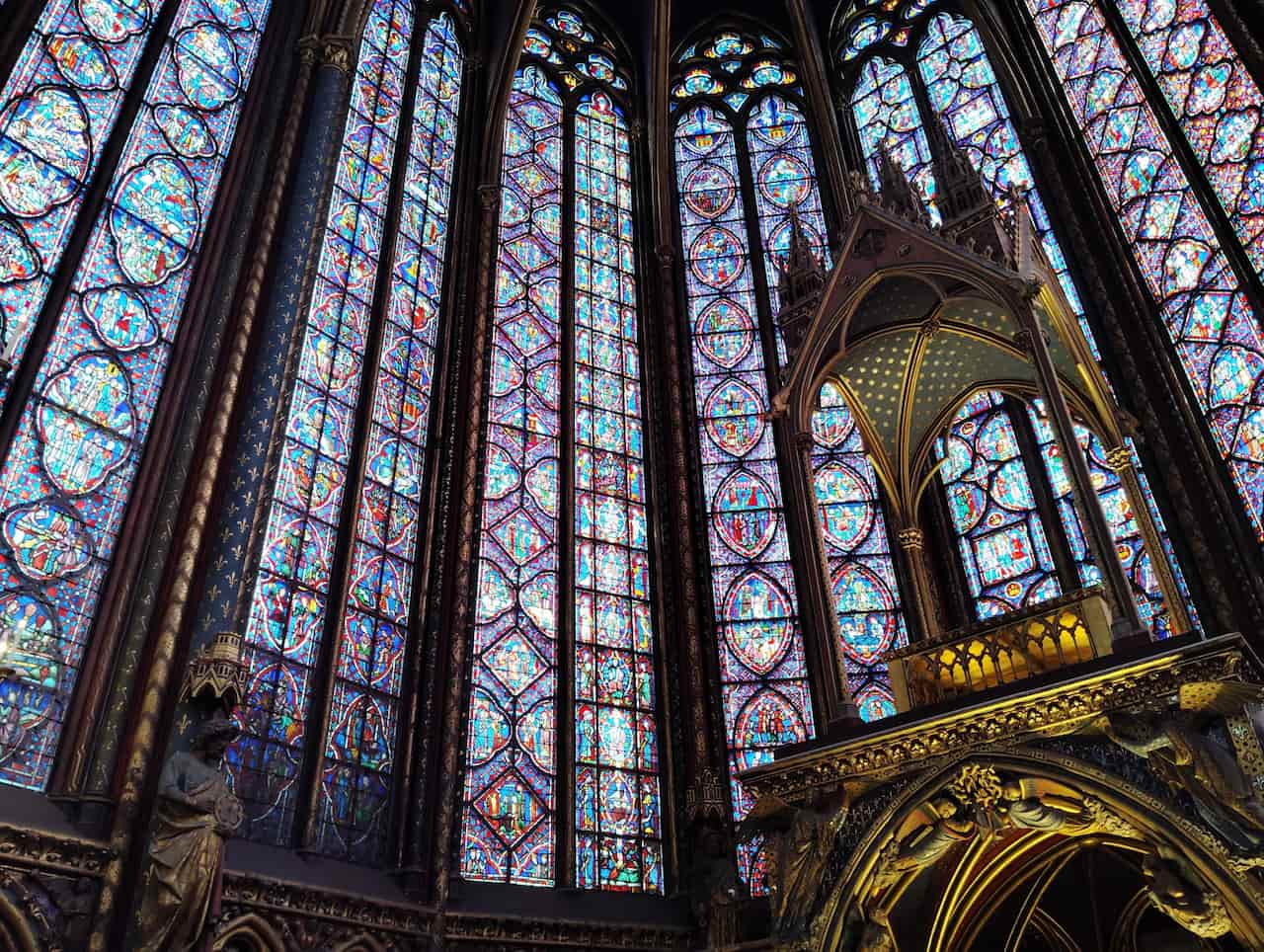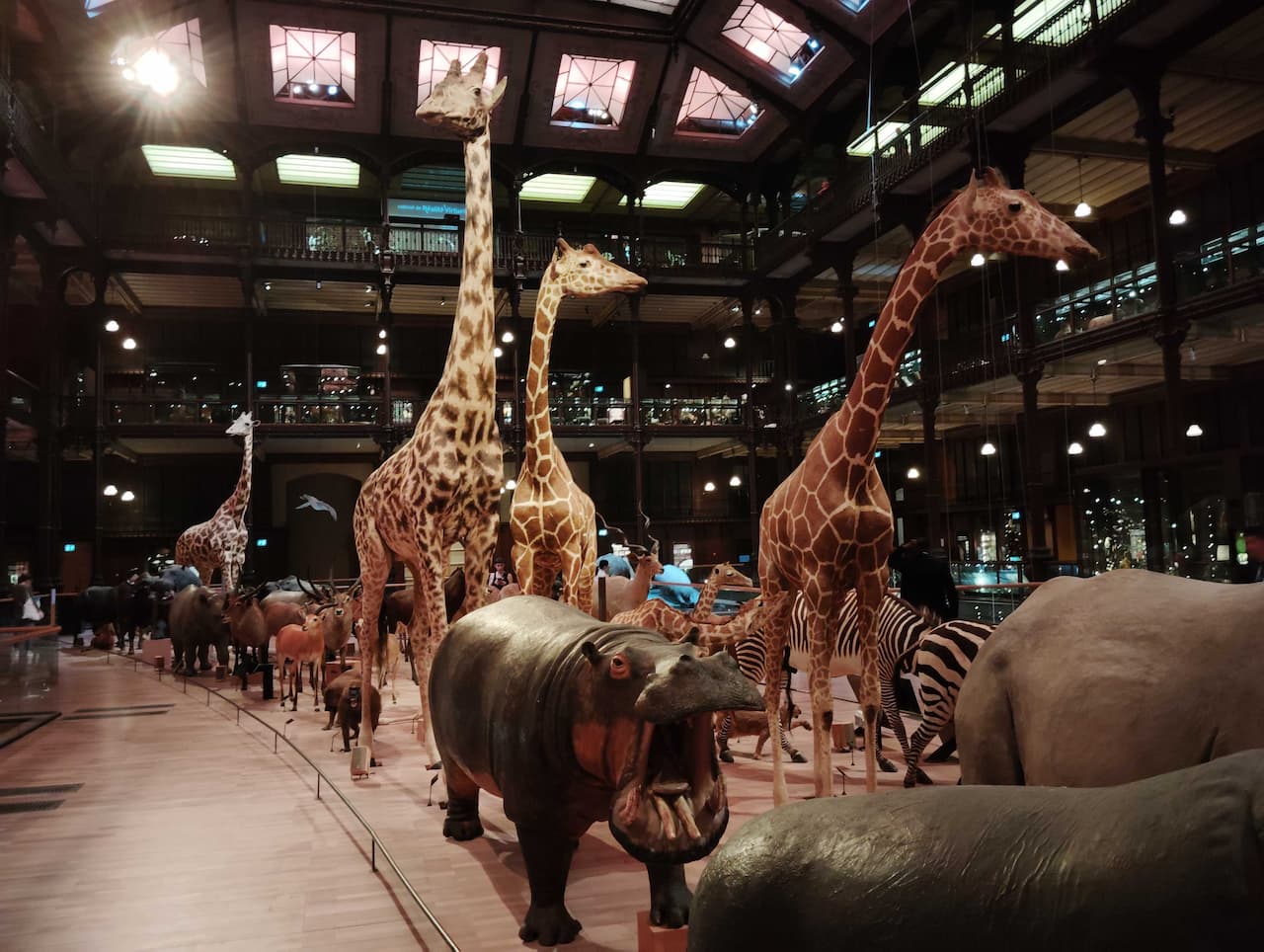Eighteen spires rise above the city of Barcelona, towering over its streets. The unfinished basilica "Sagrada Família" (Church of the Holy Family), to which Antoni Gaudí devoted his life, continues to captivate people around the world as the ultimate work of art, far beyond a mere religious building. Construction of this astonishing structure began in 1882 and, more than 140 years later, is still ongoing. Aiming for completion in 2026, it continues to grow as a "living work of art," inspiring thousands of visitors every day.
"The Stone Forest" Where Gaudí's Spirit Lives On
The greatest attraction of the Sagrada Família is its unparalleled architectural beauty, created by Antoni Gaudí, who drew inspiration from the natural world. Stepping inside, you feel as if you have entered a vast forest. The columns branch out like trees toward the ceiling, and the light streaming through the stained glass envelops the space like sunlight filtering through leaves.
The column design is especially striking. Gaudí mathematically analyzed the growth patterns of trees to pursue shapes that would distribute weight most efficiently. The resulting columns are not only beautiful but also structurally superior, fundamentally overturning traditional architectural concepts.
The Stories Told by the Three Facades
The Sagrada Família features three main facades, each depicting a different phase of Christ's life.
Nativity Facade This is the only part completed by Gaudí himself. Angels and animals celebrating the birth of Christ are carved into the stone as if they were alive. The meticulously calculated decorations will amaze you with their delicacy the closer you look.
Facade of the Passion This section was constructed after Gaudí's death as a modern interpretation. The angular sculptures by sculptor Josep Maria Subirachs symbolically depict the Passion of Christ, possessing a striking intensity that stands in stark contrast to Gaudí's organic style.
and currently under construction Glorious Facade This part is planned to be the most magnificent, themed around the Resurrection of Christ and eternal life. Once completed, visitors will enter through a grand underground passage that crosses beneath the subway tracks.
A heavenly world reached by elevator
One of the highlights of the Sagrada Família experience is ascending the towers. Take the elevator up the towers of either the Nativity Facade or the Passion Facade, and you'll be rewarded with breathtaking panoramic views of Barcelona.
Inside the towers, spiral staircases wind upward, creating a mysterious sensation as if you were inside a giant ammonite fossil. The cityscape visible through the windows offers a timeless experience, where modern Barcelona overlaps with the city as it was in Gaudí's era.
The descent is on foot, but along the way you'll discover architectural details that are easily missed when taking the elevator. In particular, the intricate carvings on the stone surfaces can only be truly appreciated up close.
A symphony of light and color
Another miracle of the Sagrada Família is its stained glass. As the quality of light shifts from morning to evening, the colors inside change dramatically. The blue light of morning, the white light at midday, and the red glow at dusk—all create an allure that makes you want to visit again and again throughout the day.
Especially around 3 p.m., sunlight streaming in from the west passes through the stained glass on the Passion Facade, bathing the interior in a warm orange glow. This magical moment attracts photography enthusiasts from all over the world.
The Road to Completion—A Living Construction Site
The Sagrada Família was once famous as the 'building that would never be finished,' but now aims for completion in 2026, marking 100 years since Gaudí's death. Construction is still actively underway, and one of its unique charms is that each visit reveals newly completed sections—truly a living construction site.
In the underground museum, you can explore Gaudí's design methods, the history of the construction, and even see completion projections created with the latest 3D technology. There are fascinating exhibits for everyone, not just architecture enthusiasts, including experiments with hanging models for structural calculations and demonstrations of the cutting-edge digital technologies currently in use.
Practical Information—For the Best Experience
The Sagrada Família is extremely popular, so advance online reservations are essential. Entry to the towers is especially limited by time slots and capacity. The basic admission fee is about €26, and including access to the towers is about €36.
To enjoy the most beautiful light, it's recommended to visit between 2 p.m. and 4 p.m. If you want to avoid crowds, early morning (around 9 a.m.) or evening (after 6 p.m.) entry is best.
Audio guides are available in Japanese as well, allowing you to learn in detail about Gaudí's philosophy and architectural techniques. Expect to spend about 1.5 hours for the interior tour alone, or about 2.5 hours if you include climbing the towers.
In Conclusion—The Creation of Everlasting Beauty
The Sagrada Família is not just a tourist attraction, but a miraculous building that embodies the crystallization of human creativity and faith. The 'Stone Bible' that Gaudí envisioned is still being built, stone by stone, by the hands of countless artisans, awaiting the day of its completion.
If you visit Barcelona, you simply cannot leave without experiencing this greatest masterpiece by Gaudí. You will surely feel the limitless potential of human creativity and depart Barcelona deeply moved.

